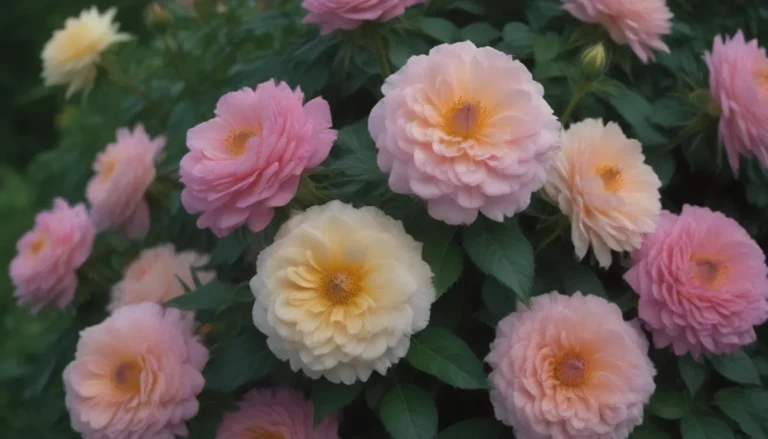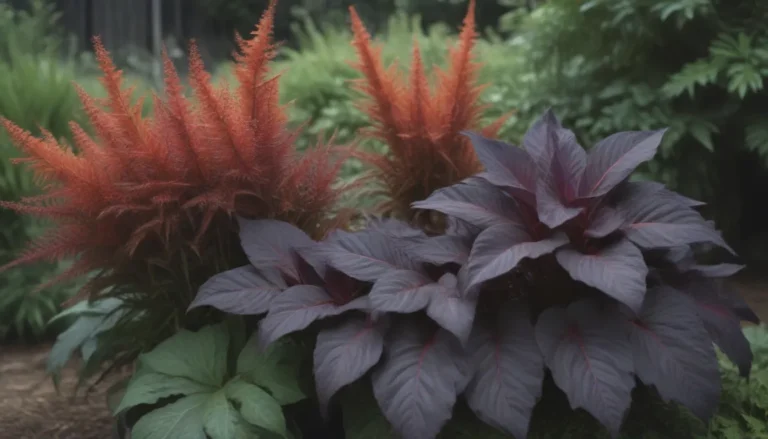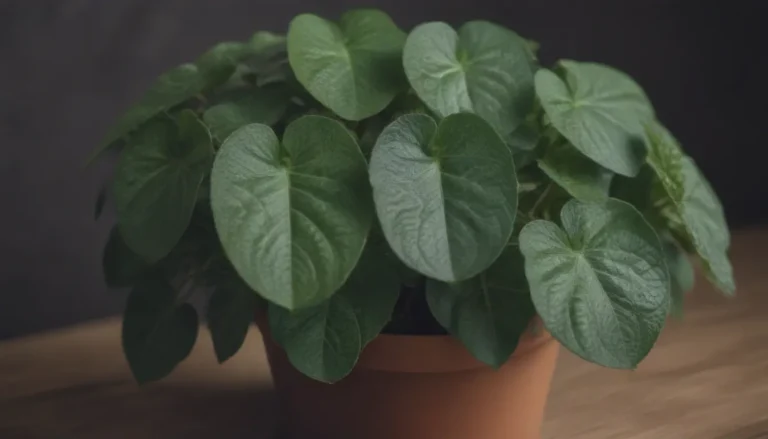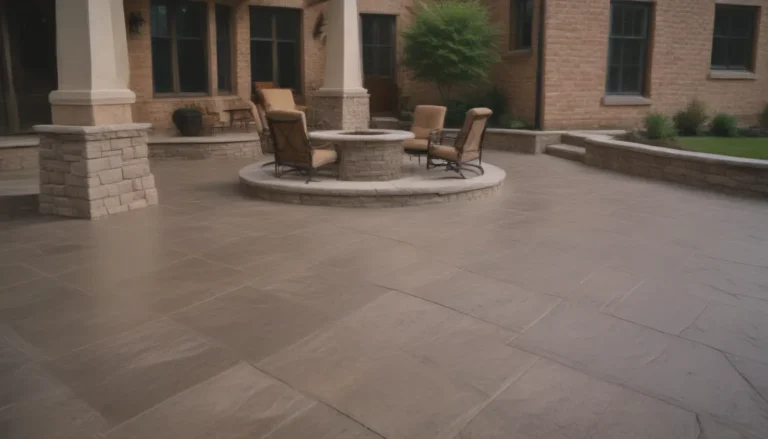The Ultimate Guide to Monstera Leaves: All You Need to Know for Healthy, Happy Plants
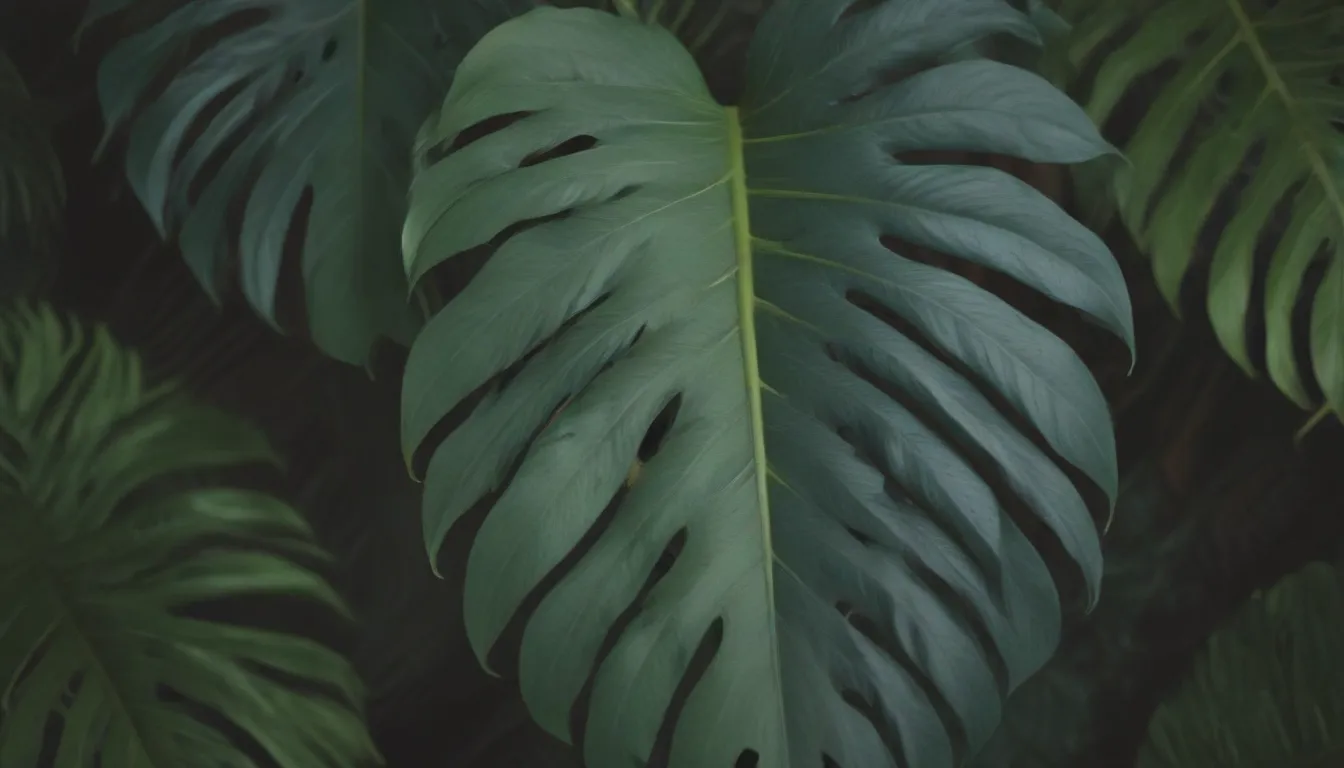
Monstera plants are a beloved addition to many homes, known for their large and exotic leaves that can create a lush, tropical ambiance. These houseplants are not only aesthetically pleasing but also relatively easy to care for. However, as with any plant, it’s essential to understand how to keep your monstera leaves looking their best.
The Beauty of Monstera Leaves: Holes, Yellowing, and More
When caring for your monstera plant, it’s crucial to familiarize yourself with the different issues that can arise with its leaves. From fenestrations to yellowing and drooping, each symptom can provide valuable insight into your plant’s health.
What Is Fenestration?
Fenestration is a botanical term that refers to the natural holes or splits that can develop in certain plants’ leaves, including monstera. These holes add to the unique beauty of the plant and serve essential functions for its growth.
Why and When Monstera Leaves Split or Get Holes
The development of fenestrations in monstera leaves is a natural process that occurs as the plant matures. Factors such as age, light exposure, and water play a role in the formation of these splits.
Age
As a monstera plant grows and matures, it will gradually transition from small, solid leaves to larger, deeply cut ones with fenestrations. Typically, a healthy monstera will start developing split leaves once it reaches a certain size, usually around three feet in width and height.
Light
Proper light exposure is crucial for encouraging fenestrations in monstera leaves. Bright, indirect light is ideal for promoting healthy leaf growth and development. Insufficient light can result in the plant producing smaller leaves without splits.
Water
Fenestrations also help facilitate water drainage in monstera leaves, preventing excess moisture from accumulating on the surface. This feature allows water to reach the plant’s roots more effectively and reduces the risk of root rot.
What to Do When Monstera Leaves Are Not Splitting
If your monstera plant is not developing split leaves as it matures, inadequate light exposure may be the culprit. Providing sufficient bright, indirect light is essential for encouraging the growth of fenestrated leaves. In cases where natural light is limited, using a grow light can help meet the plant’s needs.
Addressing Common Leaf Issues: Yellowing, Drooping, and Curling
Monstera leaves are excellent indicators of the plant’s overall health, with changes in color, texture, and structure signaling potential issues that need attention. Understanding the causes behind yellowing, drooping, and curling leaves can help you address these problems effectively.
Yellowing Leaves
Yellowing of monstera leaves is often a sign of overwatering, with excessive moisture leading to root rot and nutrient imbalances. To prevent yellowing, ensure that the plant’s soil is adequately dry before watering and avoid waterlogging. Additionally, pruning yellow leaves can help redirect the plant’s resources to healthier growth.
Browning Leaves
Brown edges on monstera leaves can indicate low humidity levels or excessive sunlight exposure. Providing adequate humidity through a humidifier and avoiding direct sunlight can prevent leaf browning and promote overall leaf health.
Leaf Droop
Leaves that are drooping may be experiencing insufficient light, underwatering, or root rot. Addressing these issues promptly can help restore the plant’s vigor and prevent further leaf damage.
Leaf Curling
Leaf curling can occur due to various factors, including dehydration, temperature extremes, and nutrient deficiencies. Understanding the specific cause of leaf curling can guide you in providing the necessary care adjustments to promote healthy leaf growth.
Maintaining Healthy Monstera Leaves: Tips and Tricks
Ensuring that your monstera plant thrives and produces vibrant, fenestrated leaves requires a combination of proper care and environmental conditions. By following these tips, you can support your plant’s growth and overall well-being.
- Light Exposure: Provide bright, indirect light to encourage the development of fenestrations in monstera leaves.
- Watering: Allow the soil to dry out slightly between waterings to prevent root rot and maintain optimal moisture levels.
- Humidity: Maintain adequate humidity levels to prevent leaf browning and promote healthy growth.
- Fertilization: Consistently fertilize your monstera plant during the growing season to support vigorous leaf growth.
- Pest Control: Regularly inspect your plant for signs of pests or disease and take appropriate measures to address any issues promptly.
- Support Growth: Consider using a moss pole or trellis to support your monstera plant’s climbing habit and encourage the development of larger, healthier leaves.
Conclusion
Monstera plants are a fantastic addition to any indoor space, offering beauty and character with their unique foliage. By understanding how to care for your monstera leaves and address common issues, you can ensure that your plant thrives and continues to brighten your home with its lush greenery. Remember to provide adequate light, water, and attention to your monstera plant, and you’ll be rewarded with a stunning display of healthy, fenestrated leaves for years to come.
